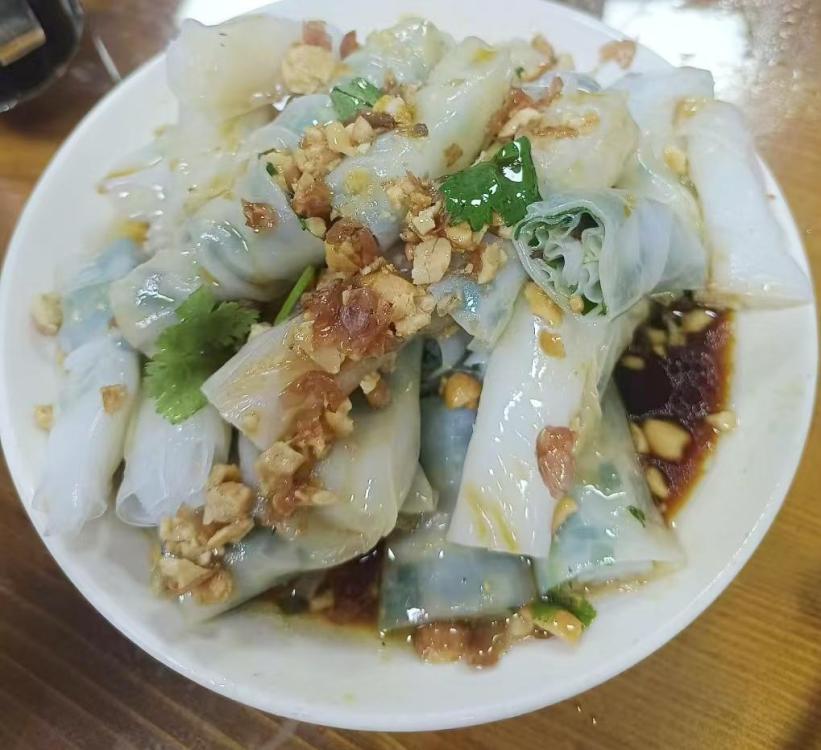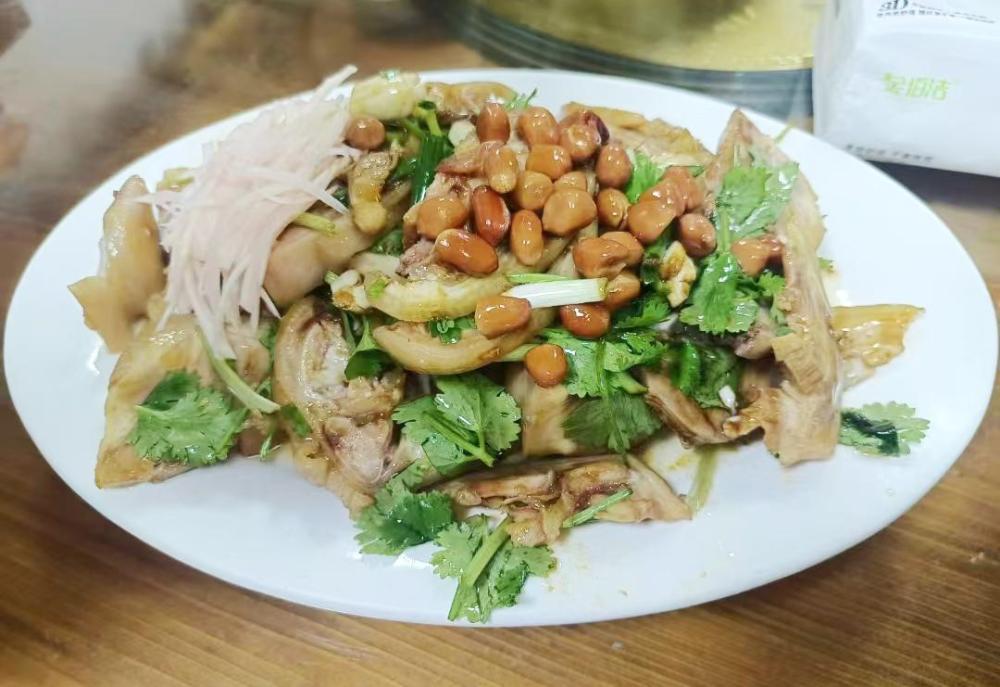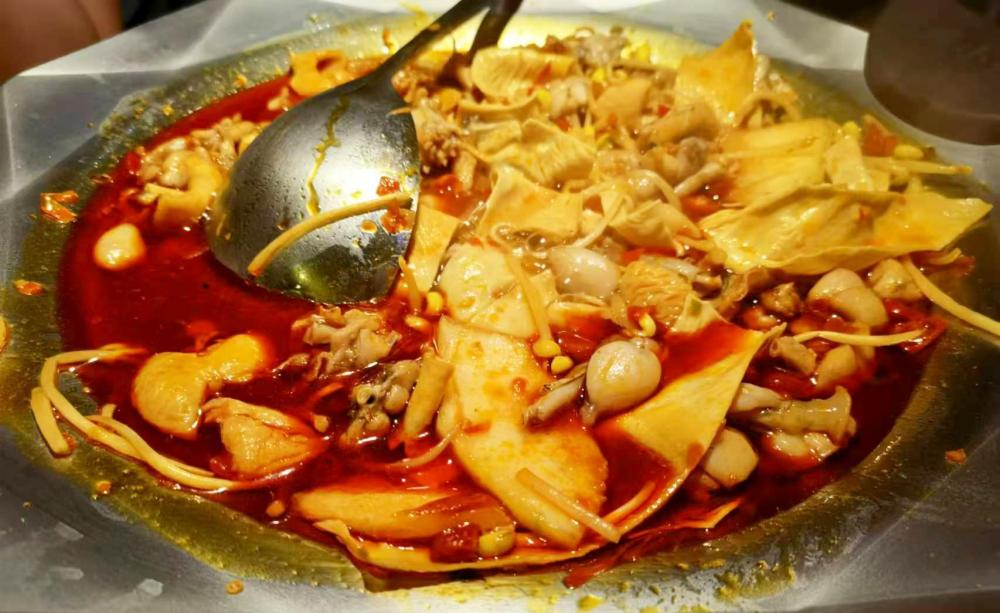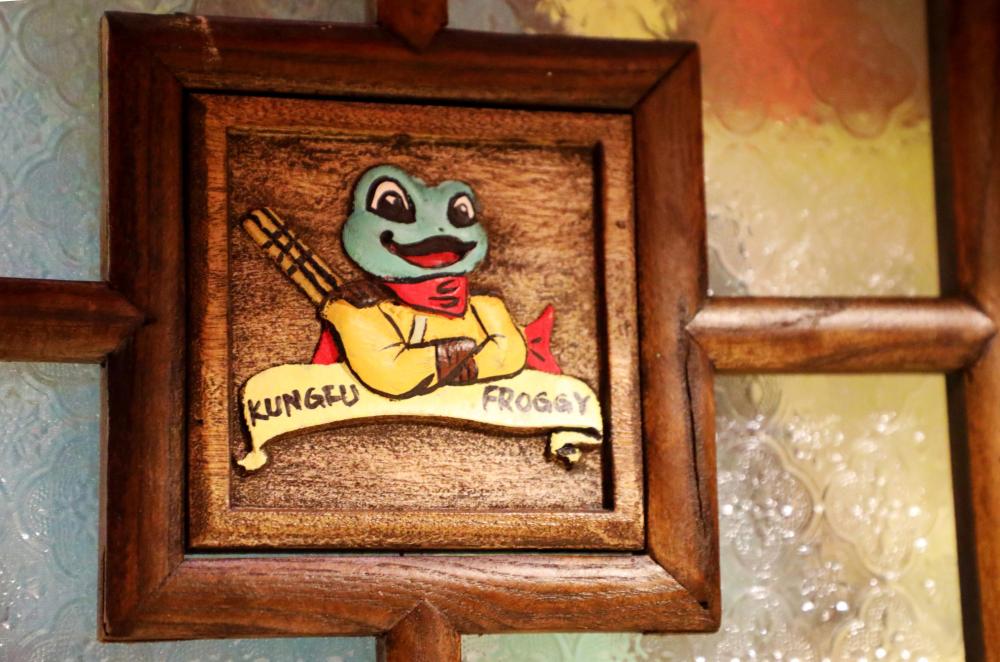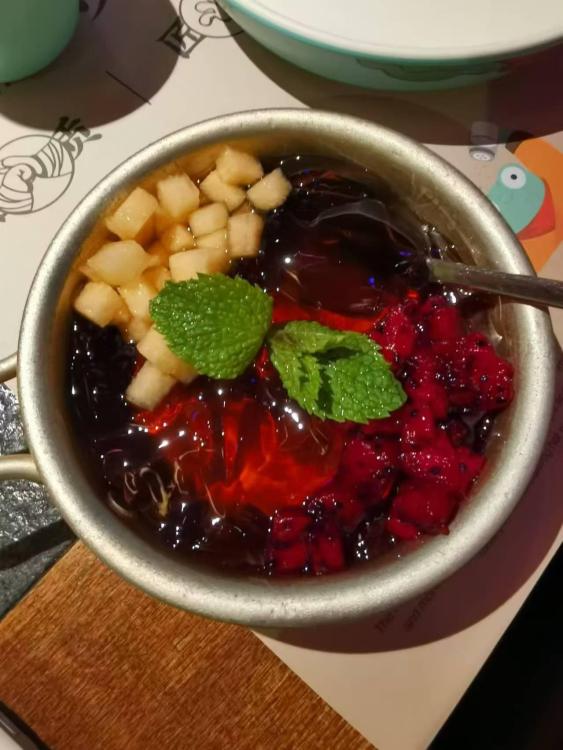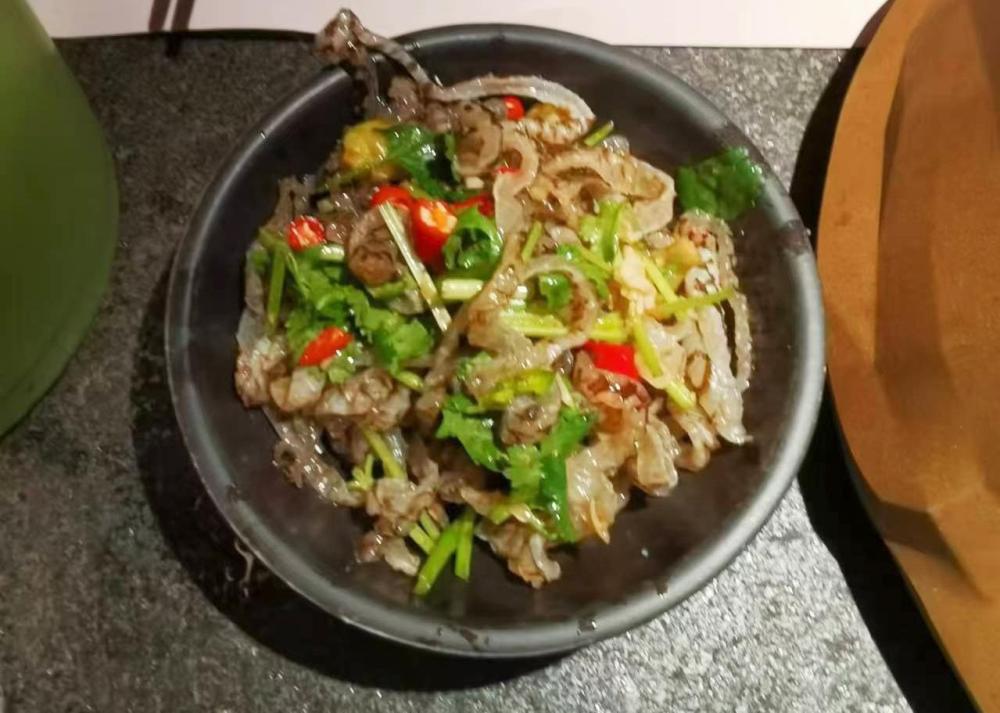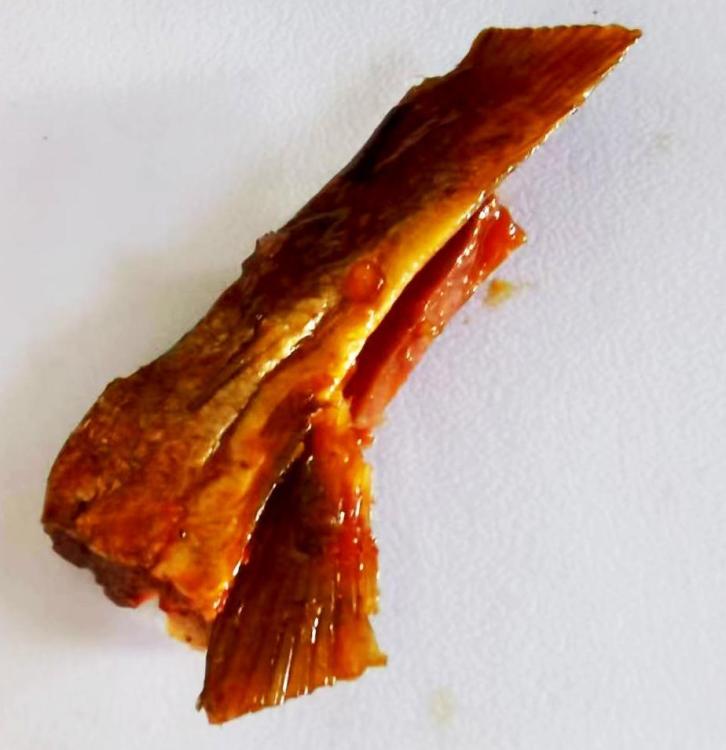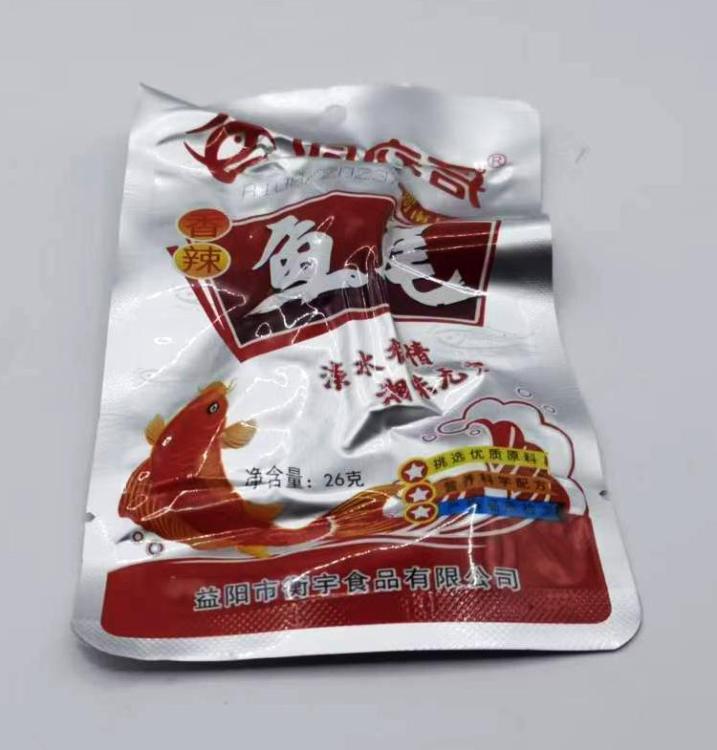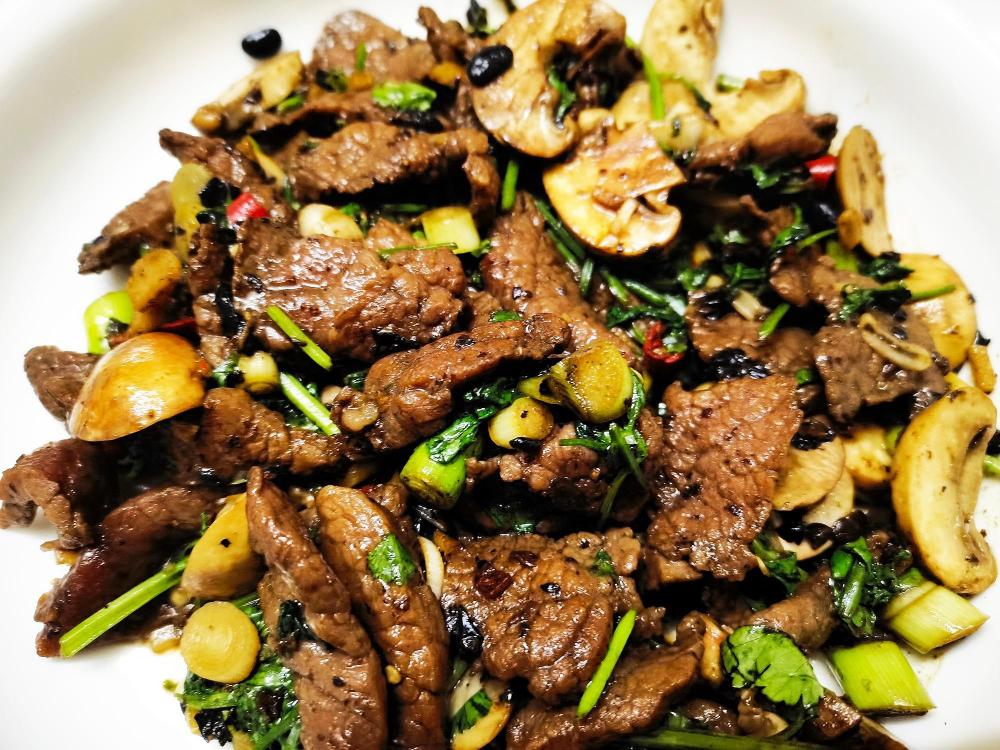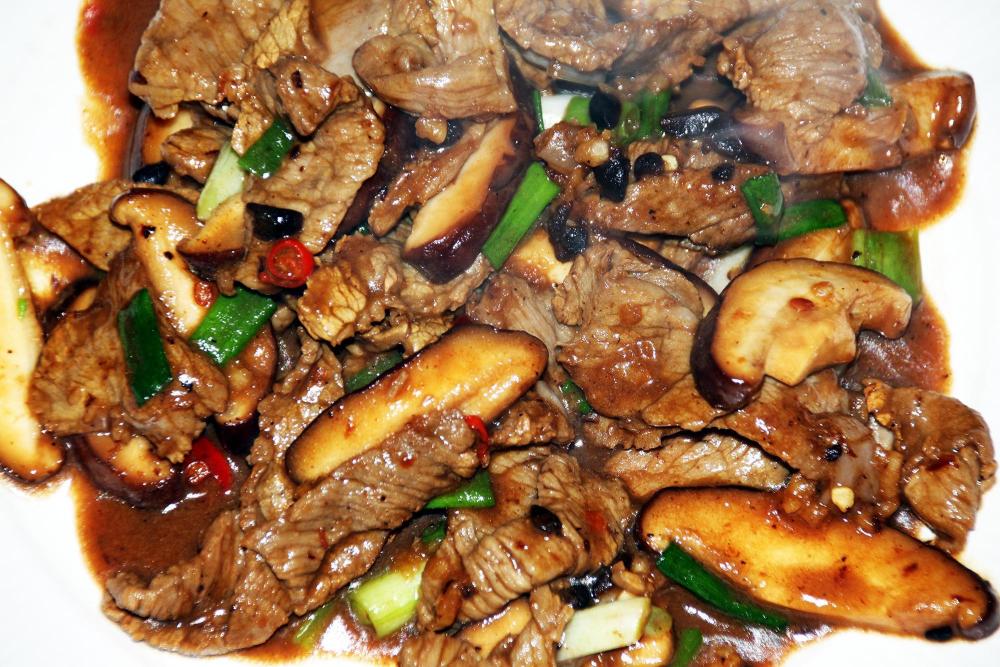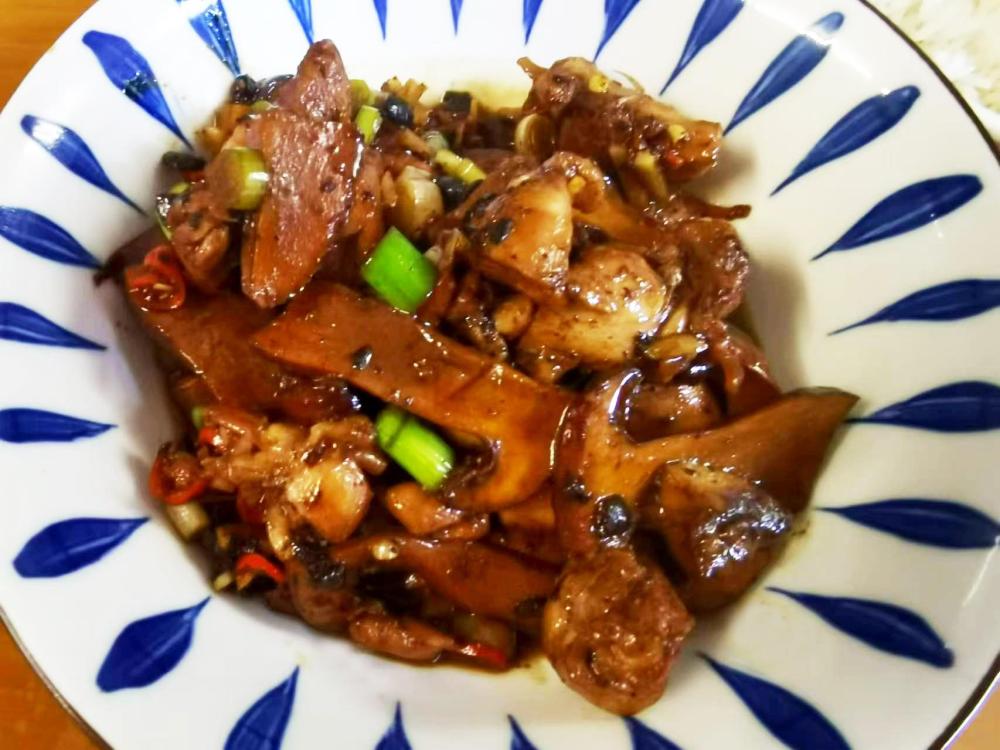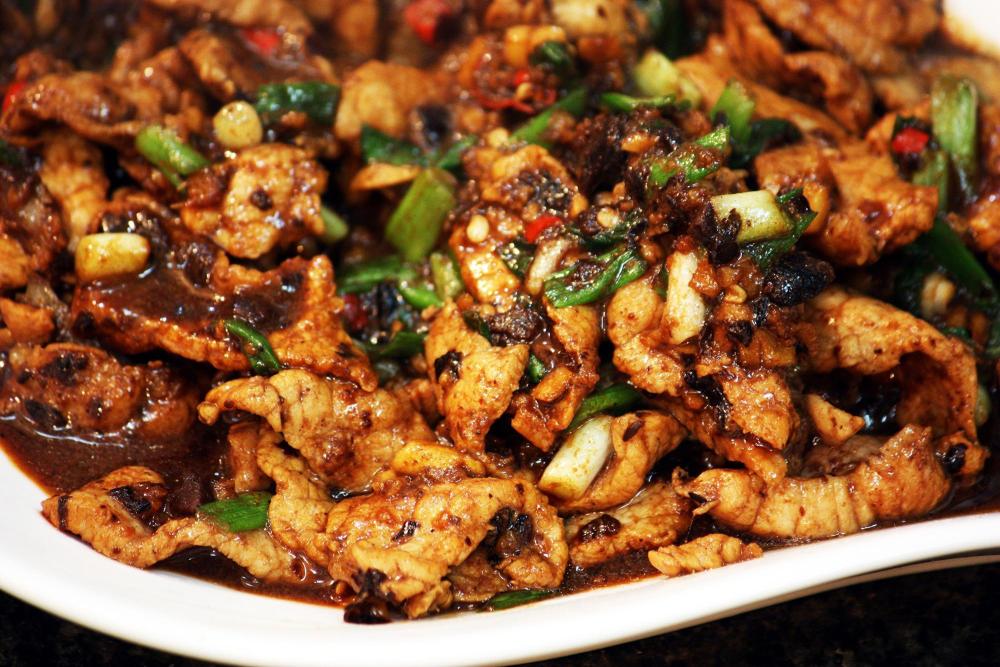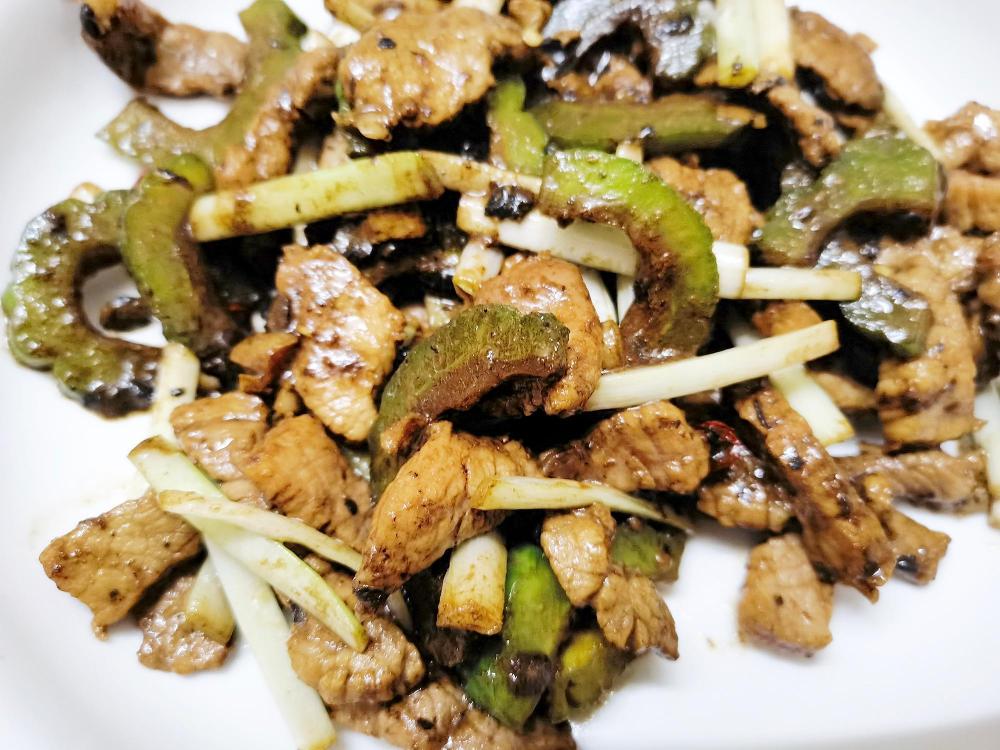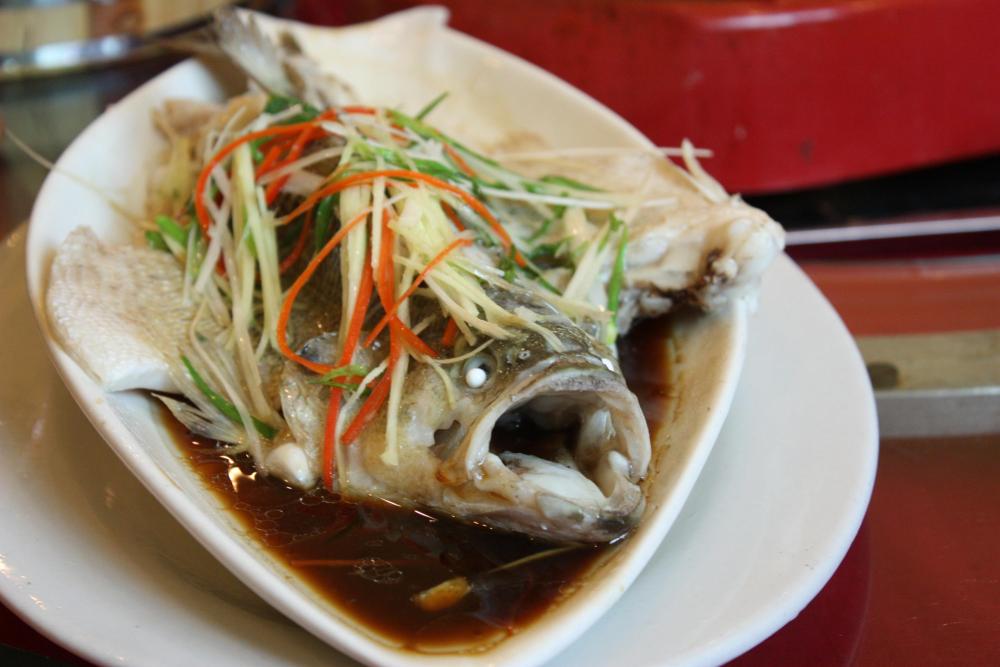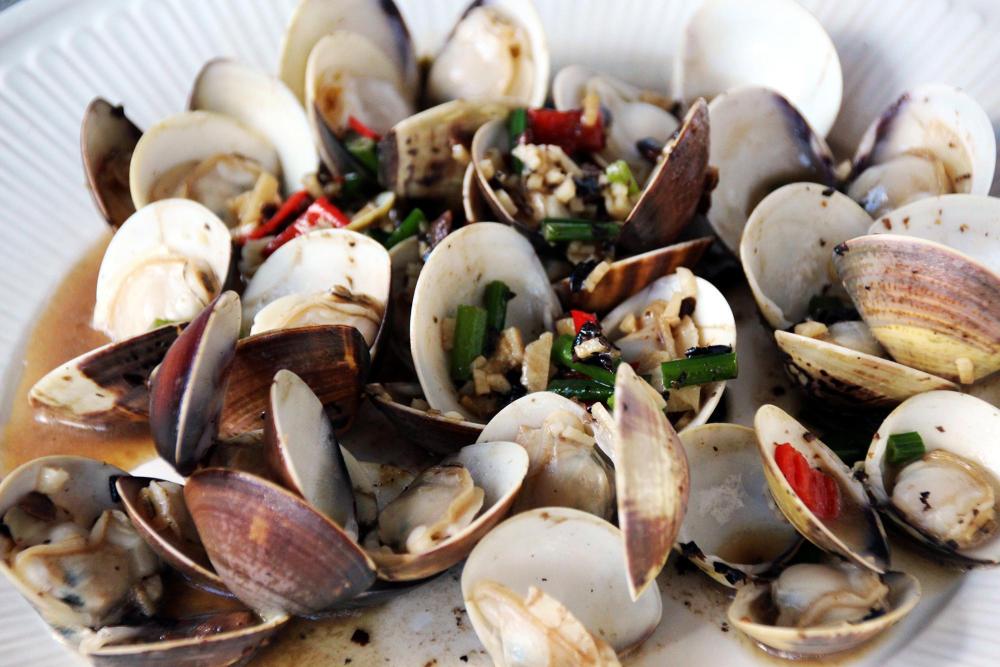-
Posts
16,681 -
Joined
-
Last visited
Content Type
Profiles
Forums
Store
Help Articles
Everything posted by liuzhou
-
Takehiro Koshimoto is a Japanese chef and artist who seems to specialise in avocados. This has been dubbed Advocadart by social media. Here are but a couple of examples for review purposes. A search for his name on Facebook, Instagram, etc will reveal several more.
-
I bet not even Imelda had a pair of these essential fashion items. Perfect pairing for a new jacket. Images from adverts on Taobao.com shopping site.
-
I regularly make blood sausage and quail egg scotch eggs but don't have a recipe as such. I just adapted a recipe for regular eggs. I usually use a 50/50 mix of pork* and blood sausage. I found that blood sausage on its own doesn't adhere well to the eggs. I do use panko for the breading. But the most difficult part for me is getting the eggs just right. That soft yolk eludes me half the time although I don't feel I'm doing anything diffferent each time. *or minced duck leg meat.
-
Fried rice mainly incorporating diced leftover "New Orleans Chicken*" from local supermarket and some veg from last night. * No idea what that means in China.
-
Here is the video of Zhang Yufei getting excited about Luosifen. She says: "I want to eat Luosifen." Asked why she replies "The taste! The taste is delicious!"
-
Another friend came to visit today. To be polite she brought fruit, as people do. But she kind of overdid it. Love her, though. Apples Grapes Jujubes Kiwi Oranges Watermelon looks like I'll have to be fruitarian for a few days. This is only half of each!
-
Two new finds in China today.. First up, 茴香头 (huí xiāng tóu), fennel bulb. I've found fennel leaf before and the seeds are very common, but first time to lay my hands on a bulb. Never seen them served in restaurants, either. No idea why. The second has me baffled. These are 老鼠瓜 (lǎo shǔ guā), which translates as Mouse Melon. The only mouse melons I am aware of are the Mexican 'cucamelon', melothria scabra, which are grape sized. These are much larger,. weighing around 100 grams each and around 14 cm long as opposed to cucamelons. 1-2 cm. Here's one with a standard apple. Perhaps mutants? My research continueth.
-
For the first time that I'm aware of, a specific dish has been named at the Olympics*. When the swimming events were over in Paris, China's women's team member Zhang Yufei (one silver and five bronzes in Paris, plus two previous golds and twosilver in Japan in 2021) was interviewed and said "All I want to do now is eat Liuzhou Luosifen!" Zhang Yufei - olympics.com * No doubt someone will correct me if I'm unaware of previous dishes.
-
Another lunch with friends in a different Hunan venture. More of a noodle shop. We each had a bowl of soupy noodles and shared some accompaniments. Beef with wheat noodles - friend 1's choice. Beef, egg, and pickled vegetable rice noodles - friend 2's choice Fish and tomato rice noodles - my choice. To Share 长沙臭豆腐 (cháng shā chòu dòu fu) Changsha Stinky Tofu Deep Fried Potato with Chilli Iced Fruit Jelly
-
Another 孜然牛肉夹馍 (zī rán niú ròu jiá mò), Cumin Beef Roujiamo. Well actually three, but only one image.
-
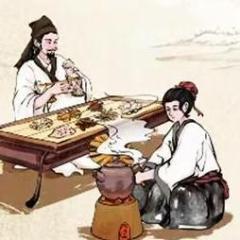
On using something other than a stand mixer to make cheesecake
liuzhou replied to a topic in Pastry & Baking
Given cheesecake has been around since Roman times, long before electricity, I'd say mixers of any kind are not necessary, even if more convenient. -
I’ve always been partial to a mackerel. Scomber scombrus, but those being found in North Atlantic and Mediterranean waters, they are rarely if ever found here. Fortunately, there are plenty of a near relation, 马鲛鱼 (mǎ jiāo yú). These are of the Scomberomorus* genus and are popularly known as chub mackerel, also confusingly called the Spanish Mackerel, although it has no connection with Spain that I can see. There are 21 species in the family but the two most likely to be what I get are Scomberomorus niphonius, Japanese Spanish Mackerel or Scomberomorus sinensis, Chinese Spanish Mackerel. Just to confuse the issue even more, they are sometimes called Japanese or Chinese Seer Fish. The two inhabit similar waters and Chinese doesn’t differentiate. The “Japanese Spanish” variety are confined to the subtropical and temperate waters of China, the Yellow Sea and Sea of Japan north to Vladivostok, former USSR. AquaMaps (2019, October). Computer generated distribution maps for Scomberomorus niphonius (Japanese Spanish mackerel), with modelled year 2050 native range map based on IPCC RCP8.5 emissions scenario. Retrieved from https://www.aquamaps.org. The “Chinese” are found in the Western Pacific Akita, Honshu, Sea of Japan, Yellow Sea and China south to Vietnam and Cambodia where it enters the Mekong River. AquaMaps (2019, October). Computer generated distribution maps for Scomberomorus sinensis (Chinese seerfish), with modelled year 2050 native range map based on IPCC RCP8.5 emissions scenario. Retrieved from https://www.aquamaps.org. Whatever, they taste just like mackerel to me and that’s all that really matters on the plate. My only complaint is that the locals tend to slice them at right angles to the spine, creating mackerel steaks, whereas I prefer them filleted lengthwise. So, I buy them whole and deal with them myself. Also, my much missed favourite preparation for mackerel is the hot smoked mackerel I ate as a child growing up in Scotland. Lovely with some bread and good butter! Last had any in 2019. No facilities for me to smoke it here. * To my amusement, Scomberomorus is derived from the Latin, scomber, meaning mackerel and the Greek, moros meaning silly or stupid. Presumably because they don’t know where they are from. Silly mackerel!
-
Cold lunch on 36℃ / 97℉ day. 冷粉 (lěng fěn), cold steamed rice noodle rolls with vegetable filling and cold 猪脚 (zhū jiǎo), pig’s foot sliced with pickled ginger, coriander leaf and peanuts.
-
It is indeed. Real Chinese food bears little resemblance to what passes in the west for Chinese food, most of the time.
-
To dinner last night with three friends. We went to a favourite Hunan restaurant specialising in frog – Kung Fu Froggy, by name. We chewed down on: 长沙陈坛剁椒肥肠蛙 (cháng shā chén tán duò jiāo féi cháng wā), Changsha earthen jar chopped chilli pig’s intestine and frog hotpot as one does, Changsha being the capital of Hunan. Extremely spicy. 脱脂爽口鱼皮 (tuō zhī shuǎng kǒu yú pí), Skimmed and refreshing fish skin. Even spicier. 老长沙冰粉 (lǎo cháng shā bīng fěn), Old Changsha ice jelly. The dessert like dish, in true Chinese style, arrived first. No spice. Rice and greenery were also served.
-
More of a brunch really. Going out for dinner tonight and know it'll it be a big one, so didn't want too much. Clam soup with garlic, chilli, coriander leaf, Chinese chives in chicken broth with some miso. Baguette for dunkin'.
-
You're welcome! I don't think many, if any, of those particular beans get out of China, but I don't know. No. I wrote about olives in China here back in February. Chinese "olives" aren't olives.
-
My beer merchant continues to occasionally send me little gifts with my 6-packs. Today's offering was this 鱼尾 (yú wěi) is 'fish tail' and that is what this is. Some unidentified fish tail in a Sichuan flavour sauce. Great taste; horrible texture. Like spicy Brillo pad.
-
One of the great things about black beans for me is that they go with and enhance almost anything. Seafood, chicken, pork, beef, vegetables, mushrooms... Here a few of my regulars to cook at home. Beef and Button Mushrooms with Fermented Black Beans Beef with Shiitake and with Fermented Black Beans Chicken and Black Boletes with Fermented Black Beans Pork with Fermented Black Beans Pork with Bitter Melon and Hothouse Chives Steamed Fish with Fermented Black Bean Sauce There are many more, including @FeChef's spare ribs.
-
And an even more common dish served in Chinese restaurants in China, I'd wager! And in my home! Very popular. But not from buffets; they have to be freshly cooked. Every time I make, it I remember one Chinese friend who visited many years ago and I made it for her. She'd never seen clams being cooked and when they popped open, she squealed with delight. She now cooks it regularly and sends me pictures almost every time.
-


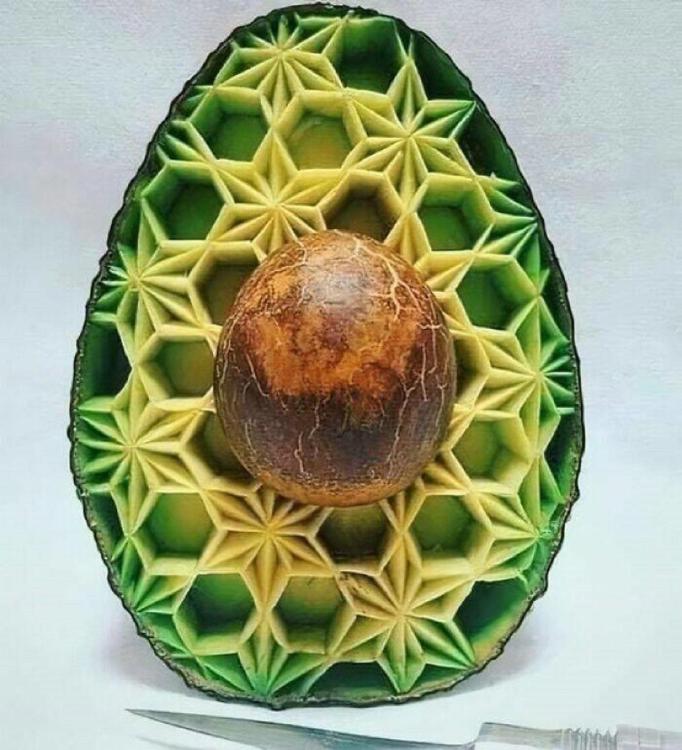
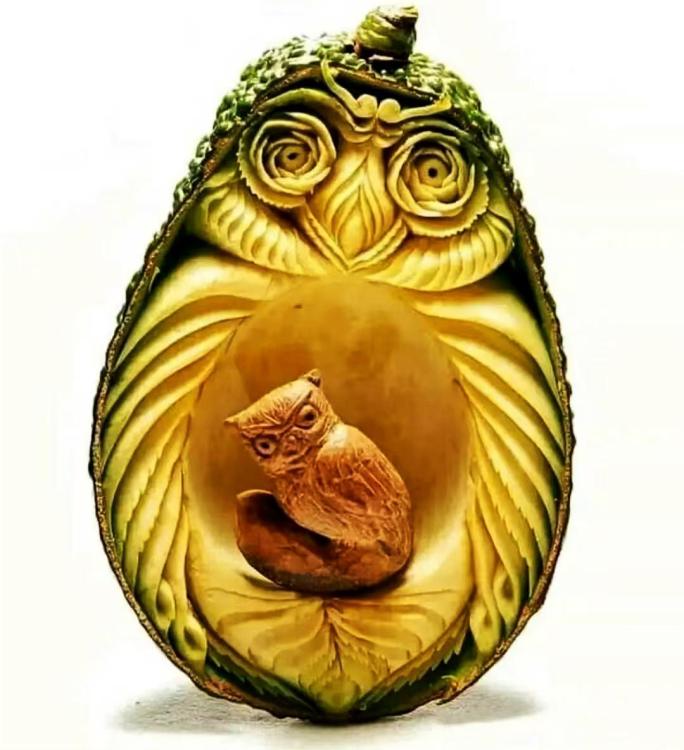

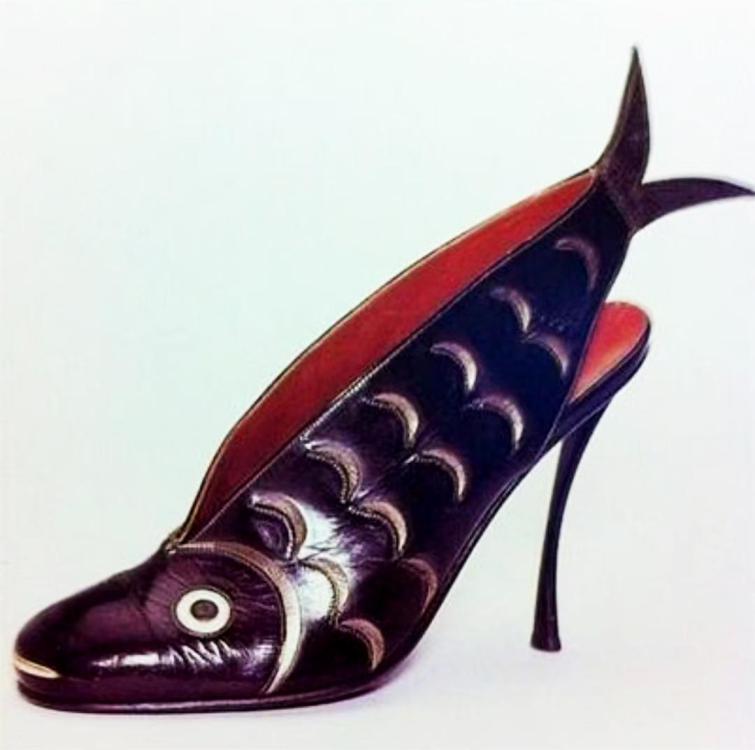


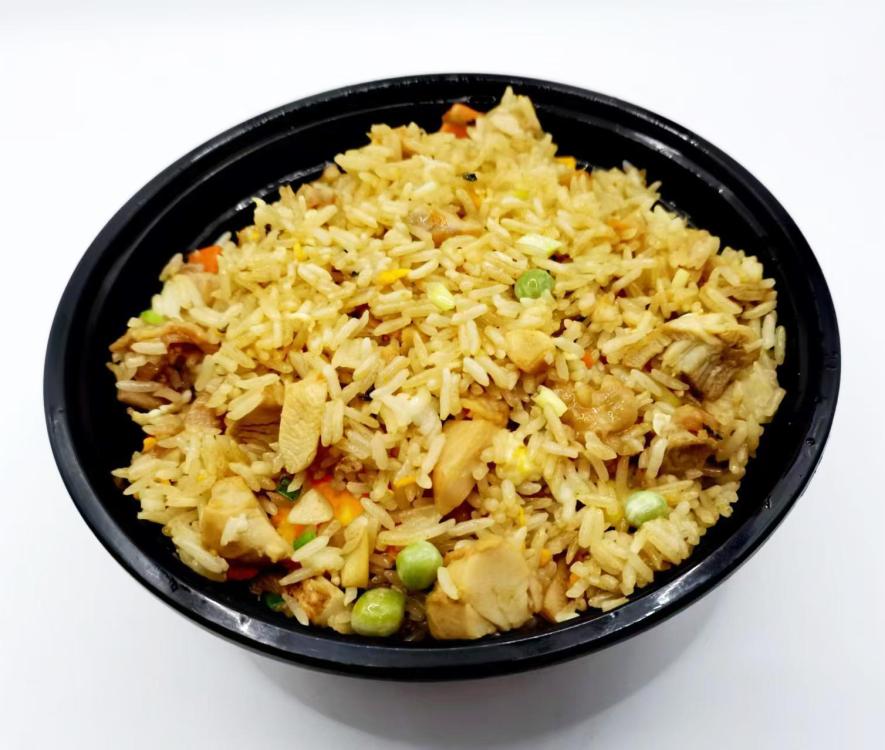

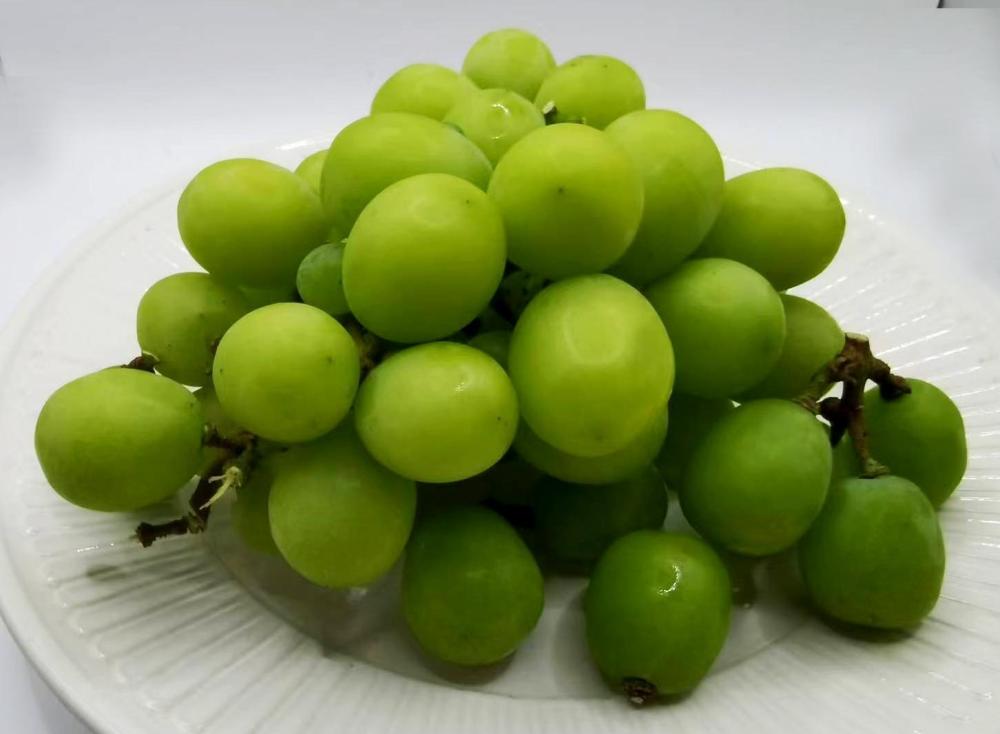
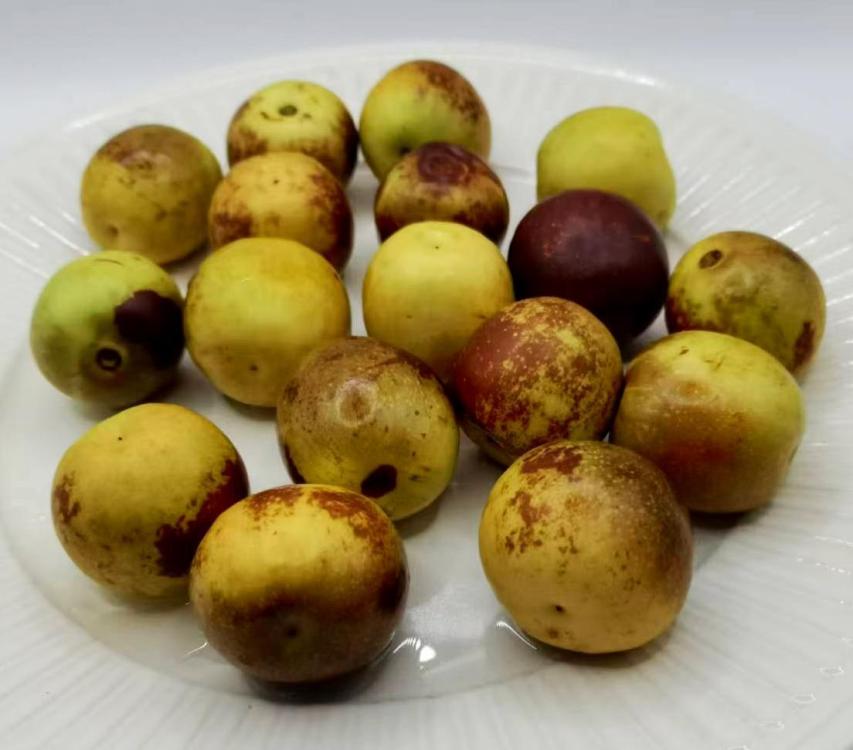
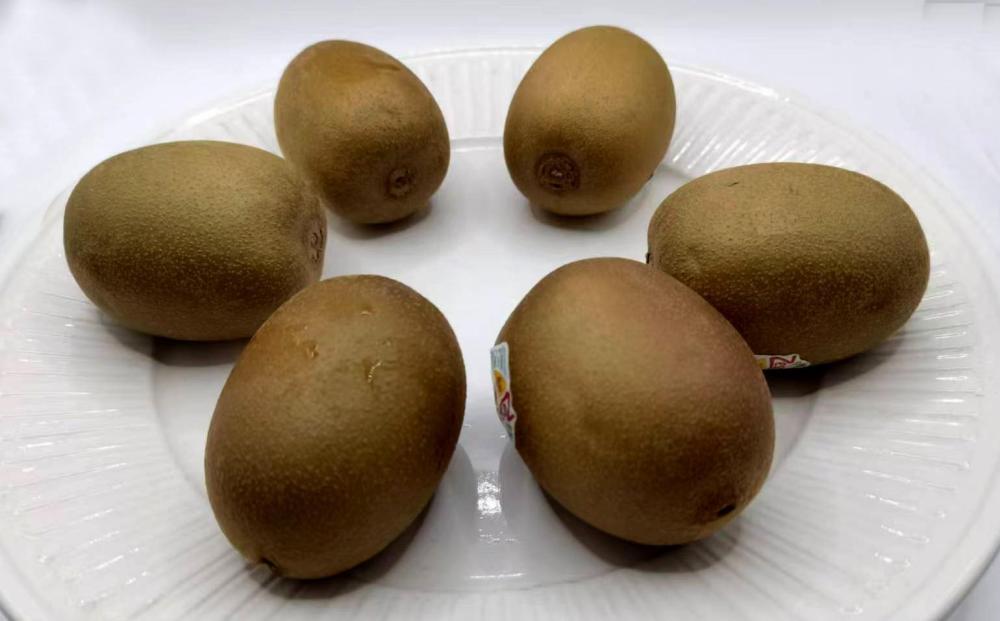
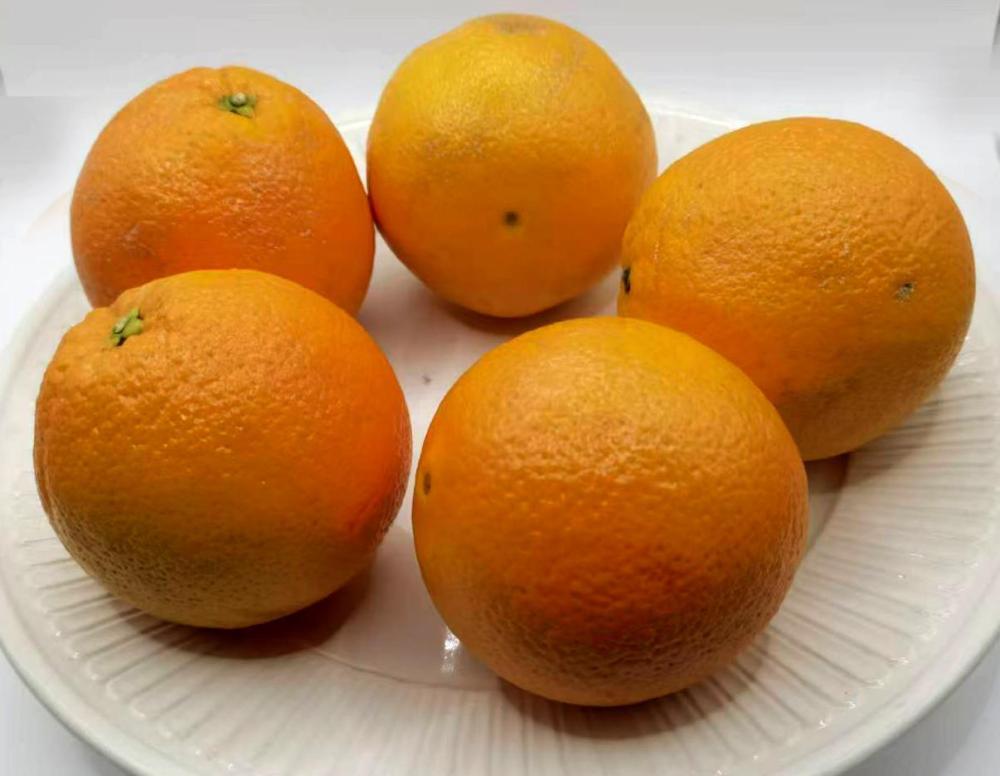

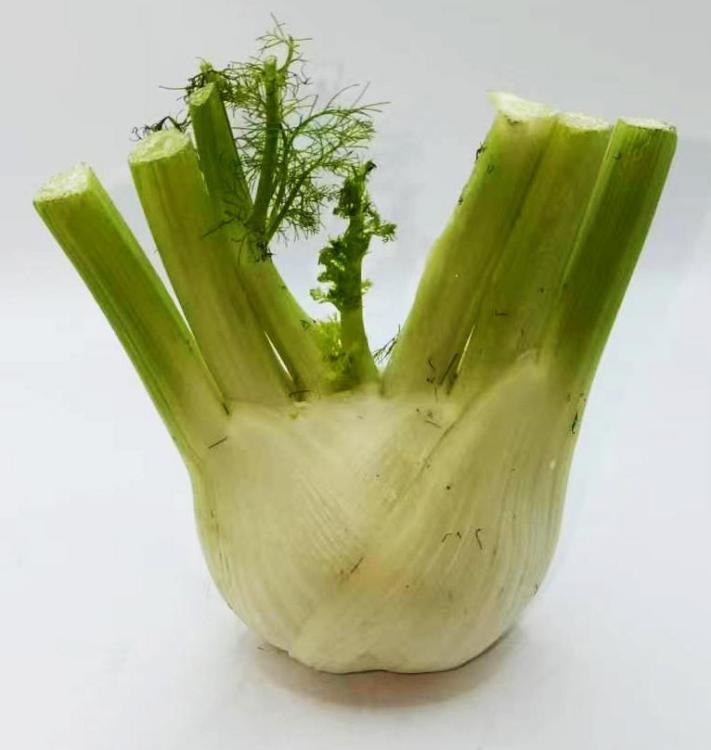
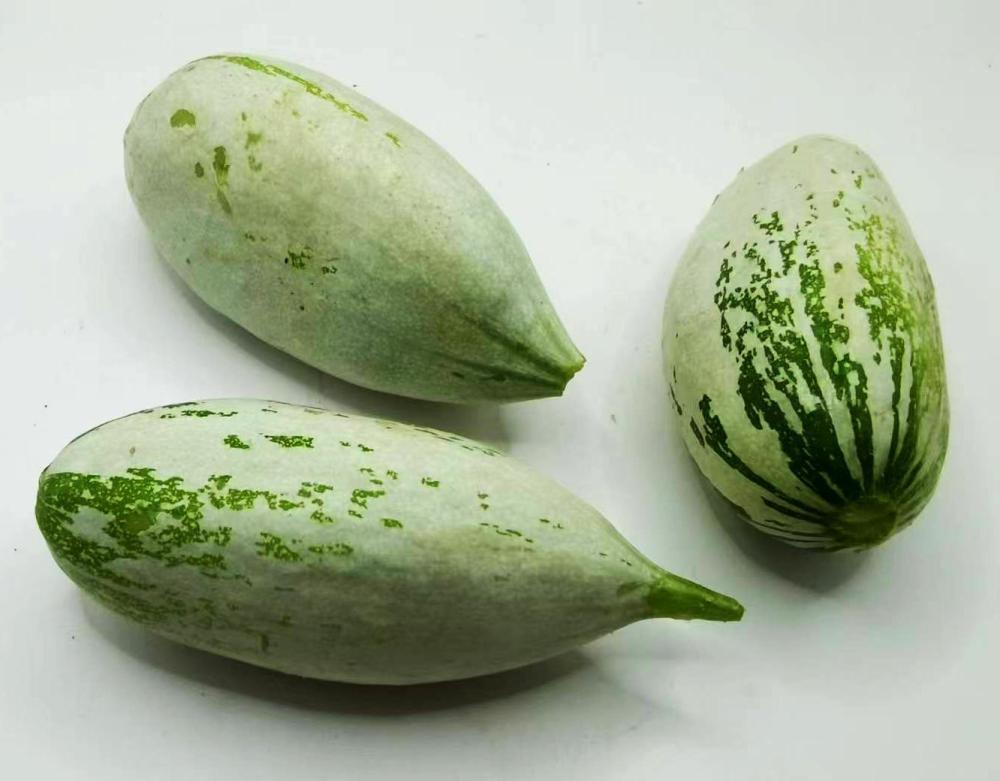


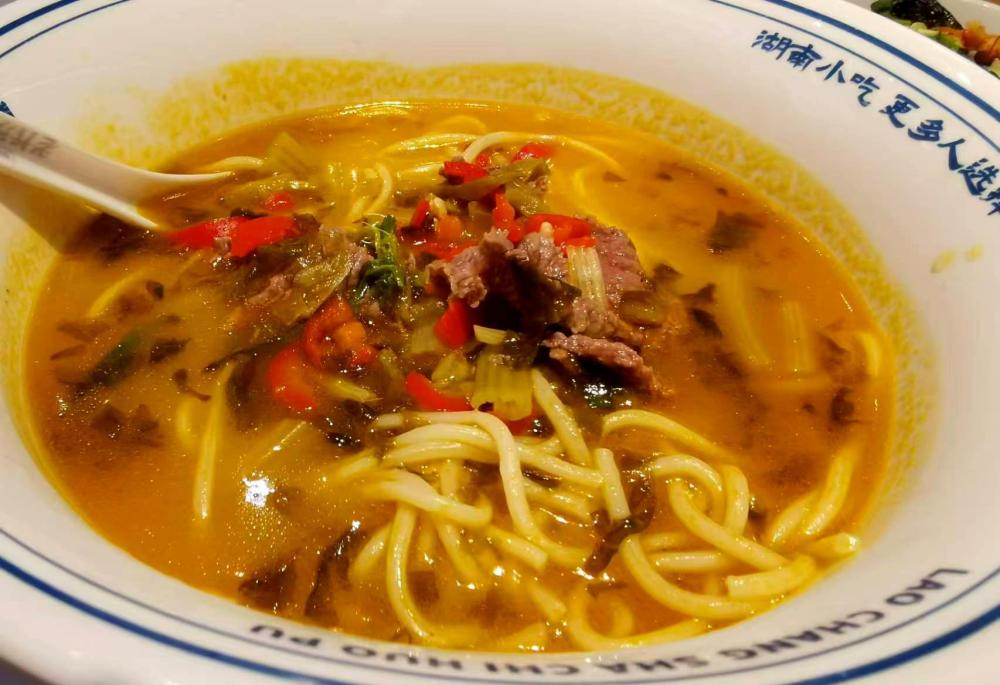
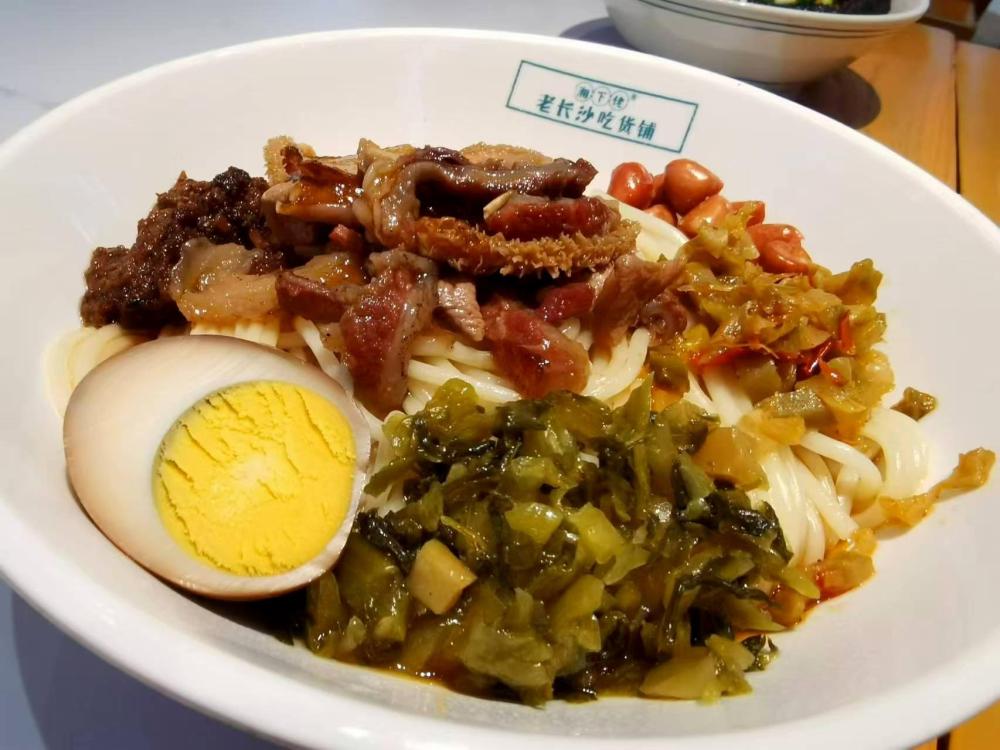
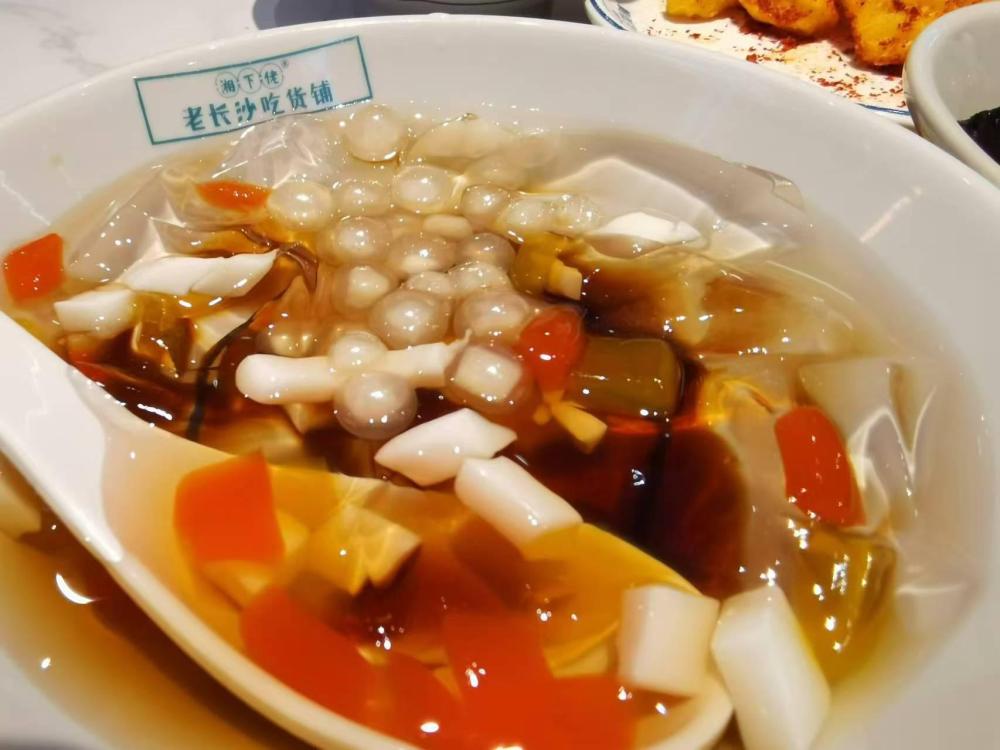
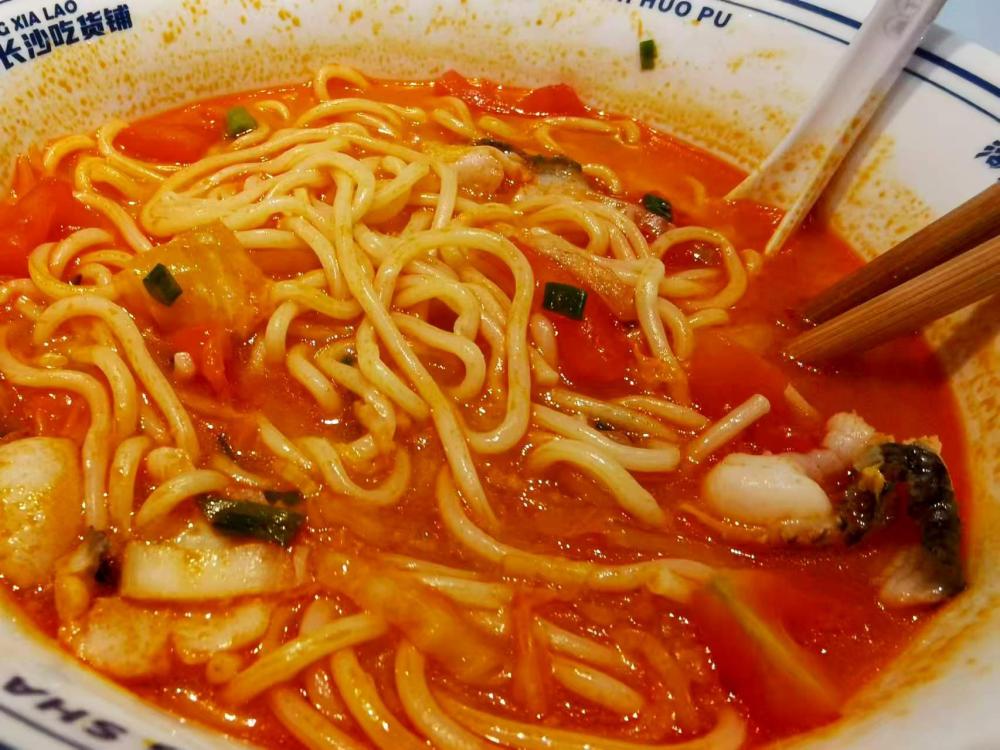
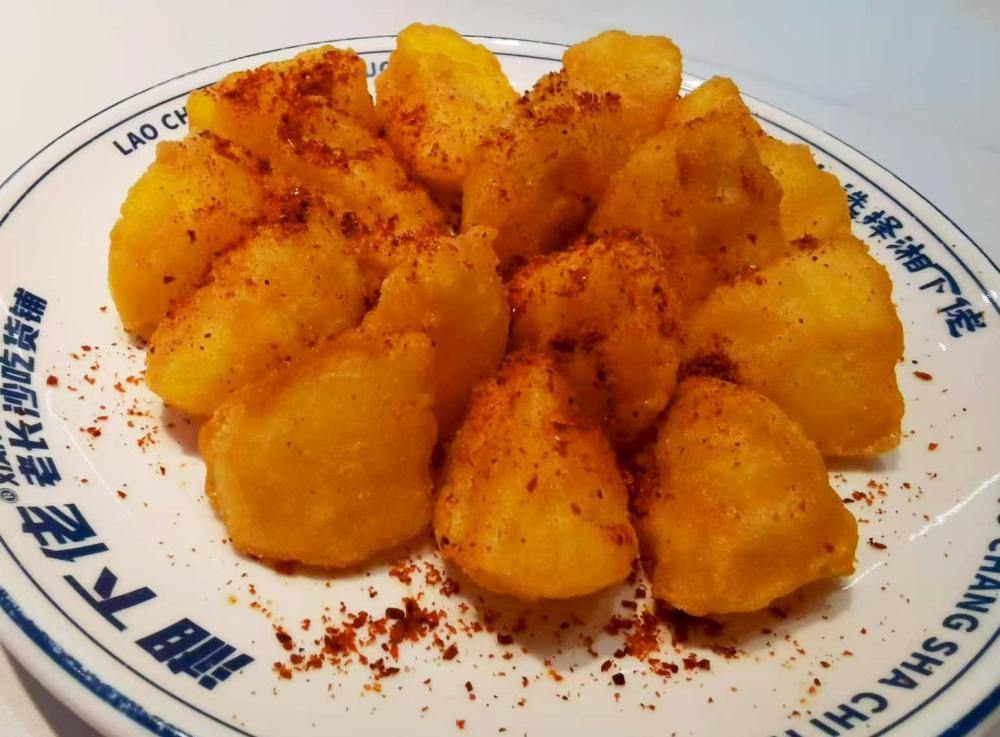
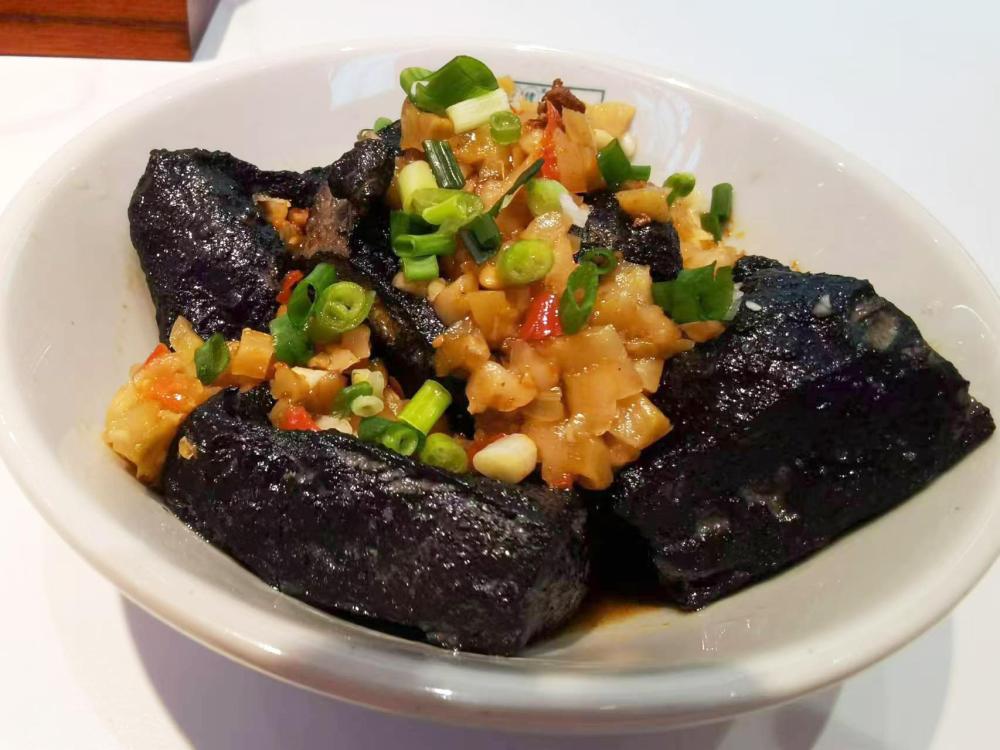
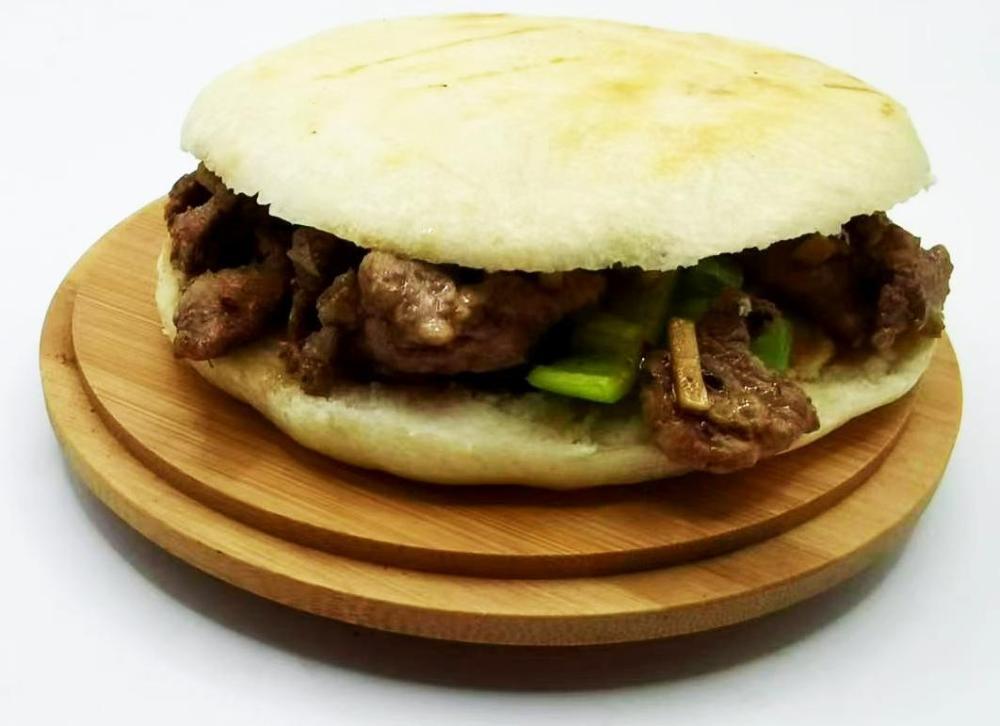

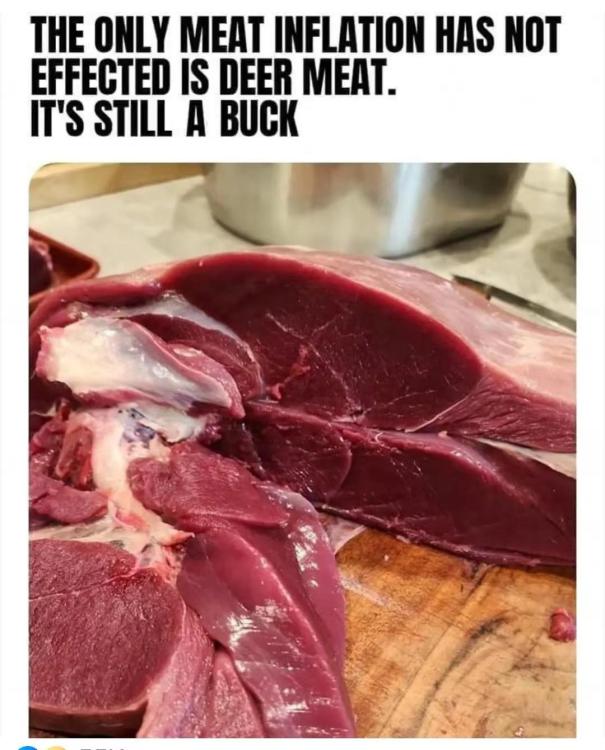
.thumb.jpg.6e004c3622ec8e354517b6a2526f12b4.jpg)
.thumb.jpg.870b3afed08873ae03b58976a9873468.jpg)
.thumb.jpg.1163c02aa2ac651b2f16d64c1110fcdc.jpg)
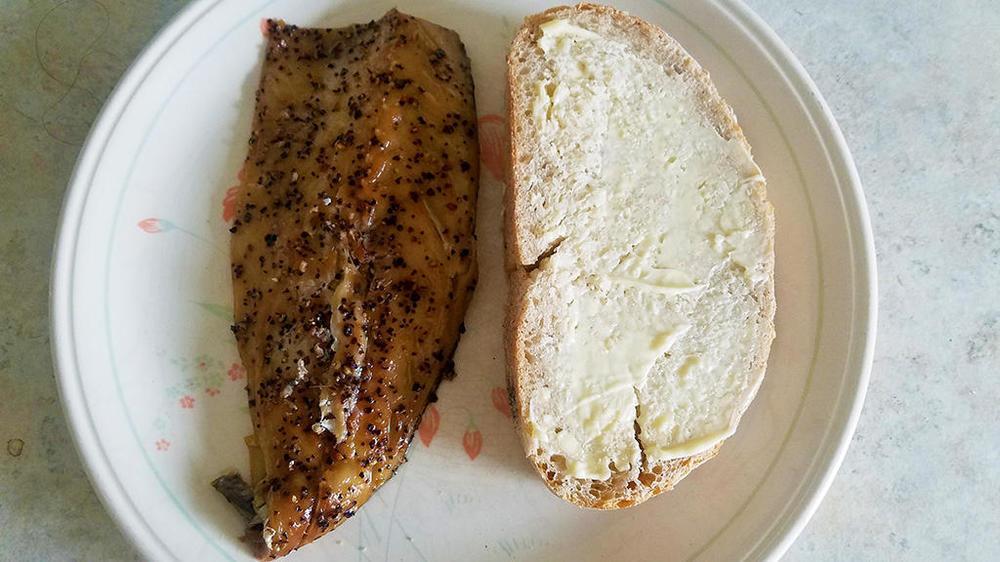
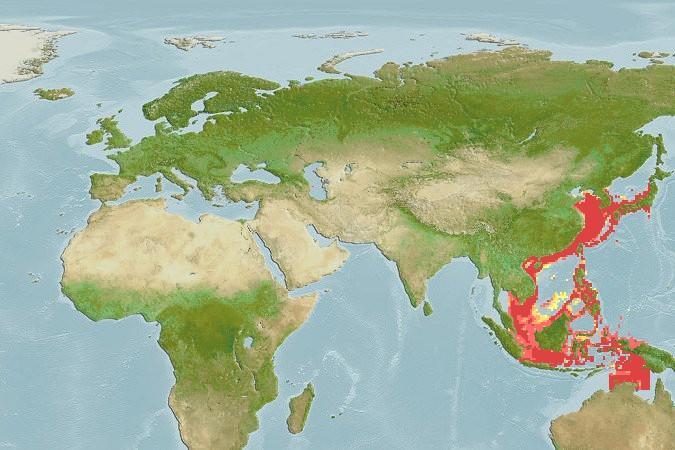
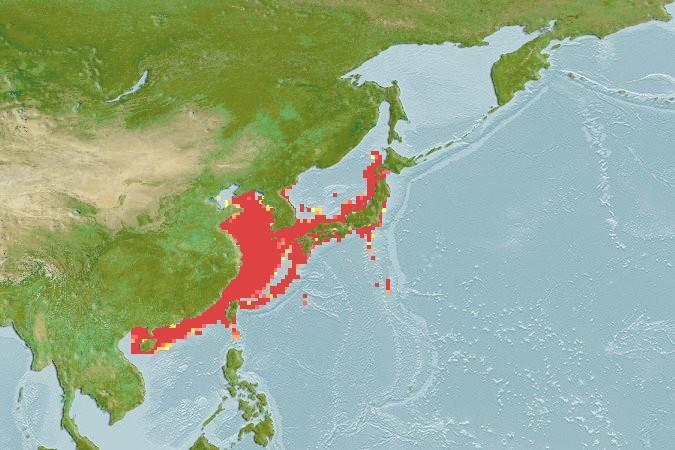
.thumb.jpg.69bd3066e8094abaaa93f1e4c8dabcd6.jpg)
